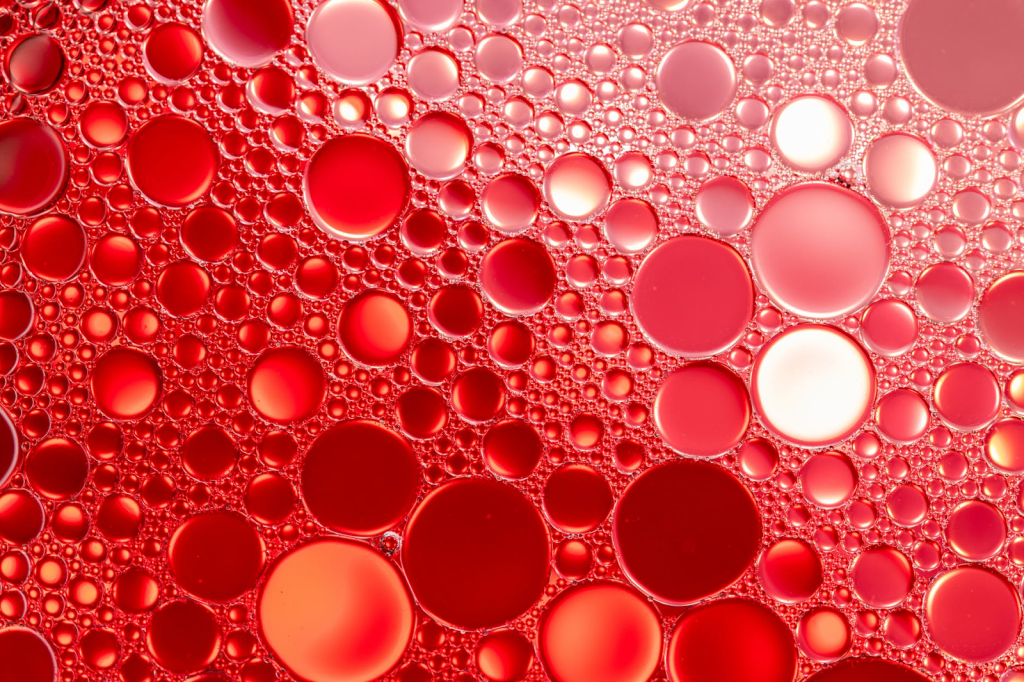
Paint blisters or bubbles appear when the paint film detaches from the surface. This peeling often results from heat, moisture, or a combination of both, causing poor adhesion. While fixable, addressing the underlying cause is crucial to prevent recurrence. It’s frustrating to find blisters adn bubbles on freshly painted walls,sometimes even after curing. Let’s explore the reasons behind paint bubble formation.
What are the Common Reasons Why Paint Bubble?
Discovering paint bubbles after a lengthy painting session is frustrating. These bubbles, filled with water or air, appear when paint detaches from the surface. As they deflate during drying, the paint hardens, trapping the imperfection. Both oil-based and water-based paints can bubble, even after fully drying. Here are some common reasons for paint bubbling:
Unprimed Surface
The key to paint adhesion lies in creating a slightly textured surface. While sanding extensively is time-consuming, primer offers a quicker solution. Primer prepares the surface, ensuring the paint adheres effectively. Different primers serve different purposes. Some conceal imperfections, while others enhance the paint’s color vibrancy.Thoroughly sanding the area beforehand is still crucial. It creates a rougher base, providing peaks and valleys for better paint grip.
Unmaintained Temperature
If you’re painting a room with intense sunlight or appliances that produce heat, the top layer of paint might dry too fast. This can cause bubbles to form. Also, kitchen walls often collect grease. Clean them well before painting. If anyone smokes indoors,washing the walls is also a good idea. Avoid painting when it’s very humid or hot.
Uncleaned Surface
Dust and grime accumulate on walls. Neglecting to clean them before painting can hinder the new paint’s adhesion. Fresh paint won’t stick to dust,causing blisters or bubbles. After washing, ensure walls are completely dry before priming or painting.
Moistened Surface
Too much moisture on painted walls can cause water-filled bubbles. This can be due to water drops, high humidity, leaks, or pipe problems. Bubbles often appear between topcoats, not the base layer. Bathrooms and kitchens are common spots because of fluids and cooking condensation. Basements with poor airflow are also susceptible to humidity issues.
Improper Use of Tools, Technique, or Paint
When painting, it’s best to use oil-based paint on existing oil-based paint.Latex paint on oil-based paint can cause bubbling as they don’t bond well. However, latex paint has benefits like lower VOCs, less odor, and faster drying. If you want to use latex over oil, roughen the oil-based surface first. Then, clean it with TSP, prime it, and apply two latex coats. Use the right brushes or rollers. If unsure, ask a painting professional.
How to Work Around Bubbles on a Painted Wall?
Fixing paint bubbles is simple. However, prevent them by properly prepping your walls. This avoids extra work later. Explore our tips to handle bubbles on your painted walls effectively.
Think Proactively
To prevent paint bubbling, prep your wall first. Always begin with a clean surface before painting. cleaning walls to remove dirt is essential, even if it truly seems clean. Invisible marks might still exist. After washing with mild soap, rinse well and dry with a towel. For new drywall, remove all dust. Prime the area carefully and let the primer dry fully before painting.
Wait to Cure
Some paint bubbles show up instantly. Others might take a while.It might very well be hours or even days before they all surface. If moisture trapped behind the paint caused the issue, wait until everything is completely dry before fixing it. If the paint feels tacky, it’s too soon to start repairs. Don’t fix the first bubble you see. More might appear.also, sometimes bubbles disappear within 24 hours once everything dries completely.
Observe and Repair
Soon,use the trowel’s edge to pop large bubbles or peel away small bubble clusters. Bubbles usually gather in one spot, so focus on fixing only the blistered area. Use sandpaper to smooth the surface under the bubble. If the surface is uneven or damaged, repair the wall with joint compound. Sand it smooth and carefully remove all sanding dust.
repaint the Area
First, apply a primer coat to the damaged area. Don’t skip this crucial step! Primer helps the new paint stick properly. Allow the primer to fully dry before painting. Otherwise, the problem might return. Check the manufacturer’s instructions for drying times. Remember, humidity affects drying time. Paint takes longer to dry in humid conditions. Once the primer is dry, repaint the area.
